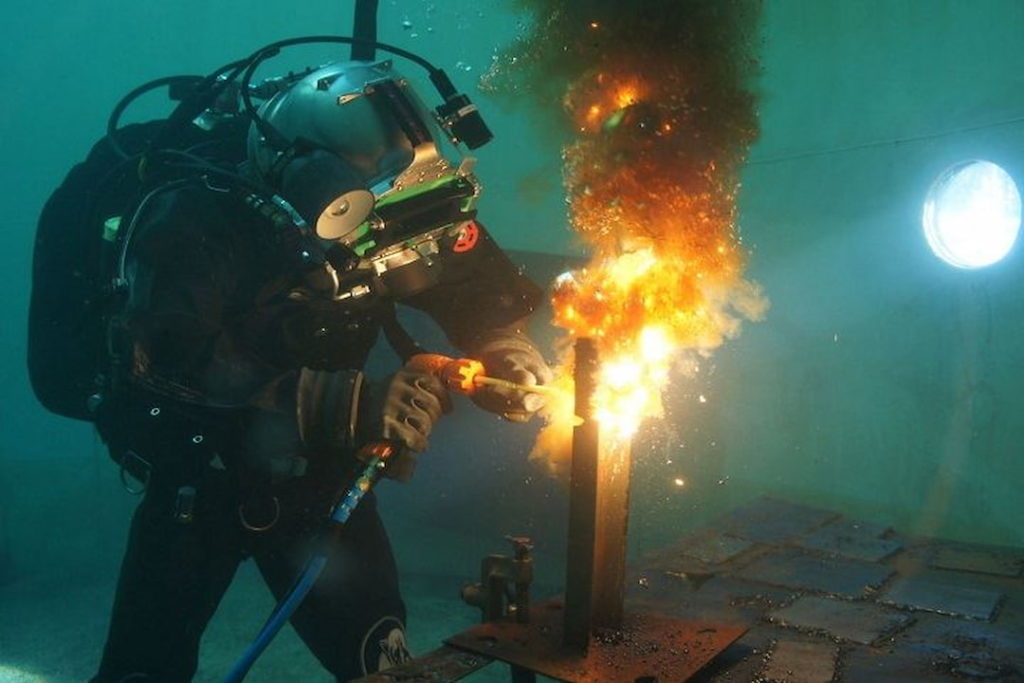How dangerous is underwater welding? In this post, we'll look into the risks and precautions of underwater welding so you can stay safe while working as a professional welder!
Table of Contents
Welding is essential to many industries. It allows us to produce strong, durable structures that can withstand all kinds of forces, including those posed by nature. While it may seem like a relatively straightforward process with little potential for danger, the truth is that welding can be quite dangerous - particularly underwater welding.
Key Takeaways
- Even though underwater welding is quite a dangerous type of welding, its pay is also higher among other welding types. Underwater welder salary makes it worth the risk.
- Some people have thalassophobia. If you are one of them, you should stay away, as it may lead to underwater welding accidents or decompression sickness that can be highly fatal.
- Employers must provide specialist training on the risks of underwater welding and how to use safety gear.
- To guarantee that the environment is safe for work and that the equipment is operating properly, employers should keep a constant eye on the ongoing work.
What is Underwater Welding?
Underwater welding is a specialized form of welding that occurs beneath the water's surface. As you can imagine, this presents challenges and hazards that don’t exist when welding on dry land. The risk associated with underwater welders comes from being in an environment with little to no visibility, working in heavy equipment, wet, cold conditions, and being exposed to the high voltage currents used in welding.
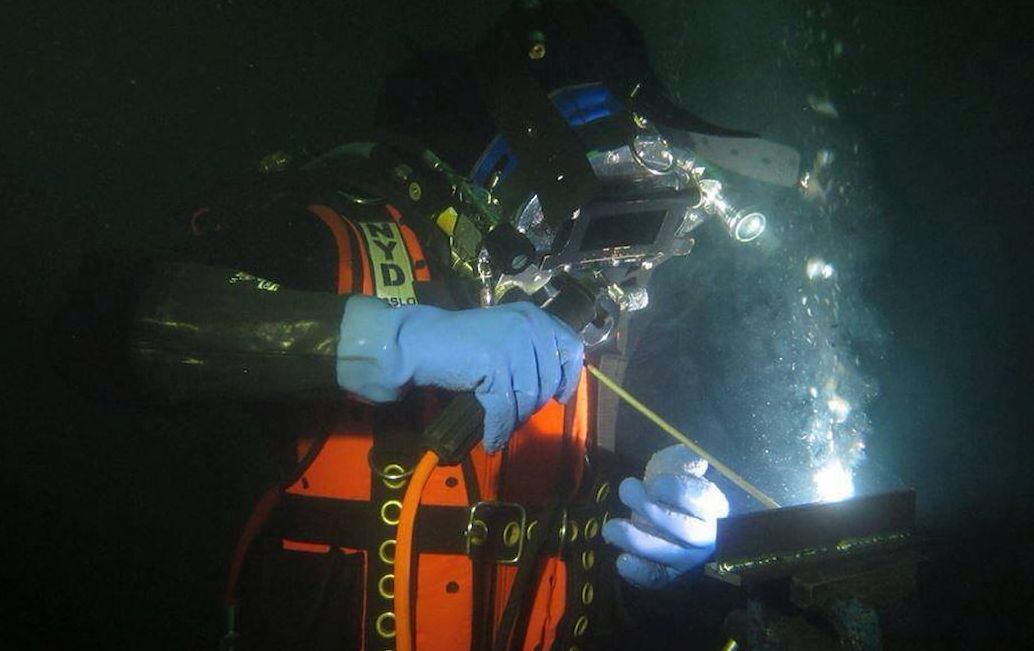
Underwater Welding Hazards
Underwater welding can be as dangerous and requires special precautions and proper equipment to ensure the safety of workers, as even the minimum lack of experience may lead to your death. The extreme conditions associated with an underwater welder can cause serious physical and mental harm, especially in offshore oil drilling rigs, so it’s important to understand the hazards before attempting it. These are some of the most common hazards:
Nitrogen Narcosis
Nitrogen narcosis is a condition caused by nitrogen poisoning. It occurs when the diver breathes air that contains high levels of nitrogen, which can build up in the body and cause dizziness, confusion, and hallucinations. This can be life-threatening if left unchecked. Symptoms include blurry vision, impaired judgment, nausea, disorientation, and unconsciousness.
To minimize nitrogen narcosis, divers should limit their time underwater and ensure that the gas mixture of their breathing apparatus is composed of a lower percentage of nitrogen than normal air. It’s also important to ascend regularly when welding underwater to nitrogen buildup and help alleviate some symptoms.
Drowning or Suffocation
The most obvious hazard when working underwater is drowning or suffocating due to a lack of oxygen. This can be prevented using proper safety equipment such as a wet welding suit and an air tank with a regulator. The air tank should provide adequate oxygen levels, and the wet suit will help protect against the cold temperature of water. It’s also important to be aware of your surroundings at all times and keep a watchful eye on any potential hazards like strong currents or deep water. If you are hydrophobic you should stay away from this job. This goes for both underwater welding and welding in underwater welding chambers.
Drowning
Underwater welding poses a significant drowning risk. The risks increase the deeper the underwater welders go, as workers may become disoriented or lose consciousness due to increased pressure at depth. Welders should take safety precautions, such as wearing personal flotation devices and using ropes to stay connected to nearby vessels in an emergency. Oxygen enrichment systems can also prevent oxygen toxicity, leading to unconsciousness and drowning.
Decompression Sickness
One of the greatest risks of the underwater welder is decompression sickness, more commonly known as “the bends.” This occurs when divers ascend too quickly from depth, forming nitrogen bubbles in the body, which can cause joint pain, brain damage, and even death.
Divers must ascend slowly to avoid this condition, but there is no guarantee that it won’t occur.
Underwater Explosions
The underwater welding can be extremely hazardous due to the risk of explosions.
The high pressure and temperatures associated with welding underwater can cause a spark that could ignite flammable materials such as oil, gas, and other hydrocarbons. This can lead to serious injury or even death, if not addressed properly.
Workers must understand the risks of the underwater welder and take the necessary precautions to prevent an explosion.
Some measures that can be taken to reduce the risk of explosions include: using proper safety gear, following all safety protocols, conducting a thorough inspection before welding, and having an experienced diver in charge.
Electric Shock Dangers
Electric shock is one of the most serious hazards associated with an underwater welder. Water is an excellent conductor of electricity and can amplify the effects of electric shock. In addition, the increased pressure in deep water can cause shocks to be more intense. Specialized equipment, such as insulated rubber gloves or boots, must be used to minimize risks. Proper training is also critical to ensure safety during welding operations.
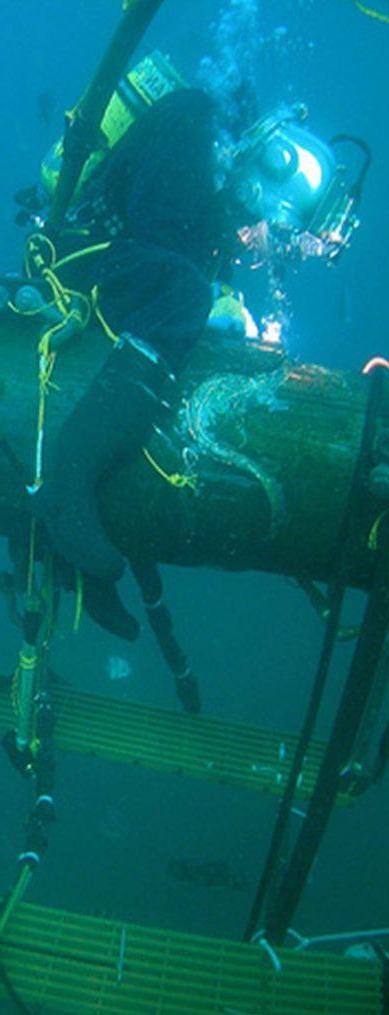
Safety Measures to Prevent Underwater Welding Hazards
Underwater welding is an inherently dangerous job and requires extra safety measures to ensure the safety of workers. Employers should provide specialized training covering underwater welding dangers and properly using specialized safety equipment. Workers should also receive protective gear, such as insulated gloves, wet welding suits, air tanks, and flotation devices. Unlike a regular welding helmet, you'll need a water-tight diving helmet.
In addition, employers should institute rigorous safety protocols and inspection practices before starting welding operations using welding equipment, stick or Flux Core welders. All workers must be aware of underwater welding dangers and take precautions to avoid them.
Employers should monitor conditions closely to ensure that equipment functions properly and the environment is safe for work. This includes monitoring oxygen levels, temperature, and any potential hazards. By following these safety measures, workers can reduce the risks of underwater welding and ensure a safe working environment.
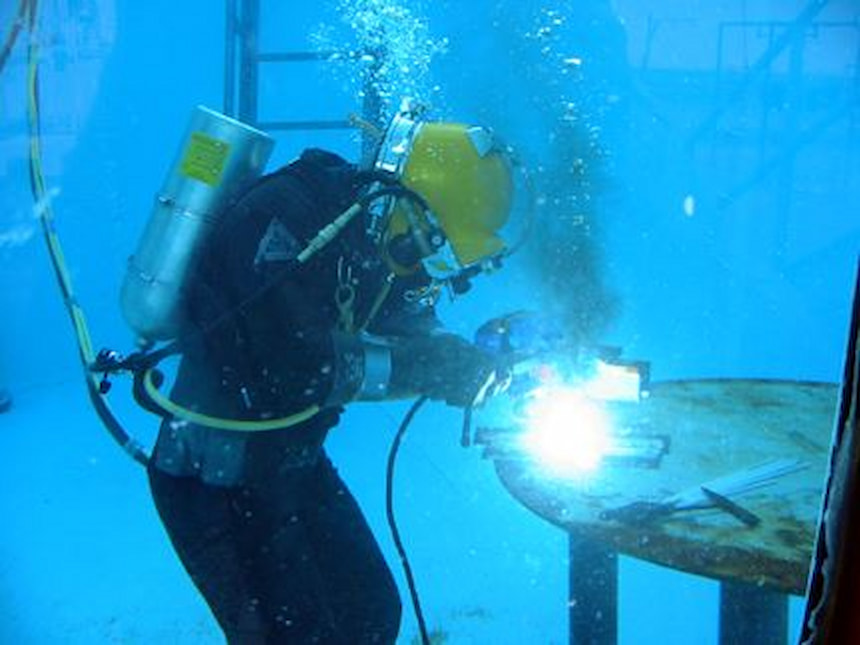
FAQs
Is underwater welding worth it?
Yes, underwater welding can be a lucrative and rewarding career. It provides opportunities for skilled welders to command higher salaries, take on exciting projects, and use their talents in new ways. The challenge of working with the complexities of water makeup and safety regulations makes it a unique skill set that employers actively seek out.
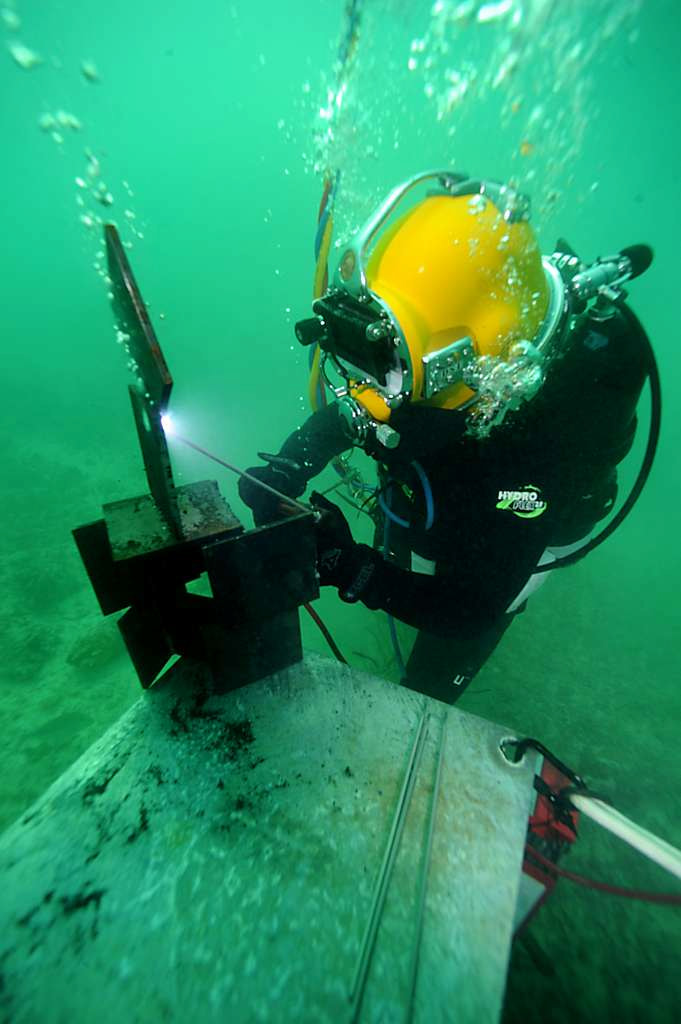
How many deaths happen in underwater welding?
Unfortunately, there are no reliable statistics on the number of deaths related to underwater welding since it is a relatively new field, and its safety record is still being established.
However, it is generally accepted that stick wet underwater welding (a variation of using SMAW welders) is one of the most dangerous jobs due to strong currents, poor visibility, decompression sickness, high pressure, and the potential for equipment failure.
Also, most jobs are direct underwater welding and only some are performed in underwater welding chambers where water is pumped out.
Any death resulting from underwater welding or welding equipment would be tragic and could easily have been avoided with proper safety measures in place.
Is underwater welding the most dangerous job?
Underwater welding is considered one of the most dangerous jobs due to the hazardous environment and potential for electrocution or underwater welding risks.
However, many precautions are taken by underwater welders to ensure their safety and reduce the risk of accidents or injury. Experienced underwater welders follow strict safety protocols and use specialized equipment to safely complete their work.
Final Thoughts on the Risks Involved When Welding Under Water.
Underwater welding is a unique and challenging career path with advantages and dangers. Various safety protocols and activities are implemented despite increasing potential risks to keep these hazard levels low. With proper training, knowledge, preparation, and adherence to safety regulations, individuals looking to dive into underwater welding can do so safely.
While no job is 100% safe, proper training (and certification) can help lower the risks associated with this type of welding. Hopefully, this article has presented a useful overview of the information available on how dangerous underwater welding is so you can decide whether it is a welding career you want to pursue.
